George Balanchine's Jewels
Introduction
This is a live performance of George Balanchine`s `Jewels` (or `Joyaux`) by one of the world`s premiere ballet companies. Jewels was originally choreographed for New York City Ballet in 1967 and acquired by Paris Opera Ballet in 2000, although they have been dancing the middle section, Rubies, since 1974 under the title `Capriccio`. The director of Paris Opera Ballet, Brigitte Lefevre, obtained the recording rights for the ballet in 2005, and this preformance took place toward the latter part of that year.
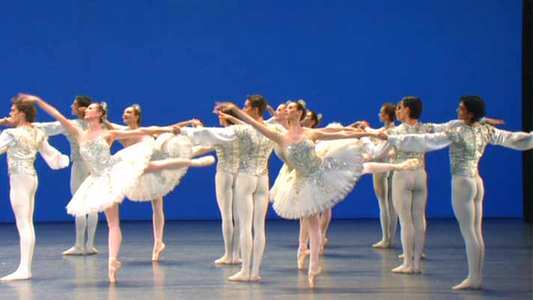
Video
Region-free NTSC 16:9 anamorphic as per-usual, and in general the quailty is very good indeed, although the perfect clarity I would have expected doesn`t seem to have materialised. Rather, the camera focus seems to shift, but all depending on where you`re looking yourself (which is remarkably clever and quite worrying when you think about it). The general `dreamy` look of the picture tends to cause some blurring in the faster body movements, yet I`m not sure this is actually a problem. The colours of Christian Lacroix`s (Darling!) costumes and minimalist scenery stand out dramatically and despite some of the detail perhaps being lost, the overall impression is very beautiful.
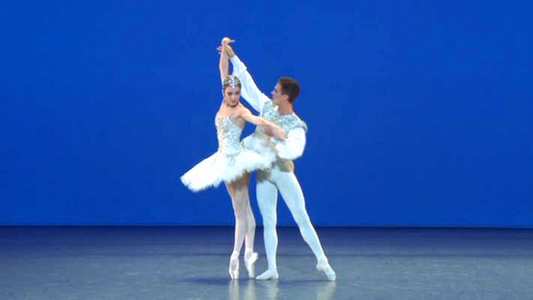
Audio
LPCM stereo or DTS. The latter choice provides a fantastically clear sound and the fact that we don`t have to worry about balance between stage and pit means that the orchestral sound can be truthfully recorded, and the Orchestra of the Opéra national de Paris is sounding very good indeed.
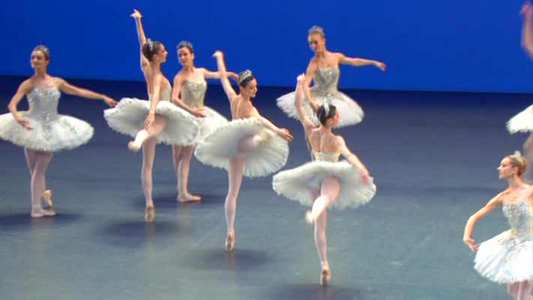
Features
The main extra is a very generous hour-long `film` by Reiner E Moritz, `George Balanchine Forever`, which provides a fascinating, but brief insight into his ideas, and the creations of this particular production. This would certainly be the thing to watch first if you are new to classical dance.
Menu items are intelligently laid out, allowing you to skip to any of the dances within the various ballets, and also head for different chapters in the accompanying film.
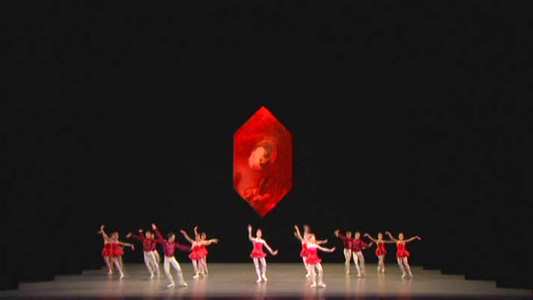
Conclusion
For British audiences, who rarely get the chance to see the full ballet, this DVD is invaluable. The ballet is beautifully performed by this great classical company, and although choreographed for a very different group, it suits the French style very well. Balanchine was ballet master in Paris in 1947, the year before he formed City Ballet, and choreographed Palais de Cristal (known in Britain as Symphony in C - using Bizet`s eponymous work) on the French company, so there was obviously going to be an important connection just over 50 years later.
There isn`t really a story, or any narrative element at all, yet it seems obvious that Balanchine was quite adept at describing highly complicated relationships between men and women in a few short minutes. There is a suggestion in the film that much of the work was an expression of his love for a dancer, Suzanne Farrell, despite a huge age difference between them. As with most stories like this, much is left to speculation, but the man obviously knew how to `write` for female dancers (usually tall ones, apparently), and there are certainly no complaints from the rather lovely ballerinas in the Paris company.
`Emeralds`, the first movement, was Balanchine`s homage to French dance. It is the most lyrical section, and using the music of Gabriel Fauré, inspires some highly graceful and intimate performances.
`Rubies`, his homage to a more American style, is acrobatic and more humorous. The Stravinsky `Capriccio` seems a surprising choice, sandwiched between more `traditional` sounds, but works perfectly for what Balanchine brings across. Balanchine and Stravinsky had been good friends since working for Diaghilev, and so there`s an unforced and easy-going temperament to this part of the ballet, showing a great understanding of Stravinky`s music.
The final part, `Diamonds`, is his homage to the great Russian classical style (and Lacroix admits that his costume design was a deliberate attempt at reproducing this style himself - and fair play to him, it got a round of applause when the curtain rose). The music for this section is taken from Tchaikovsky`s Third Symphony, and much like a lot of his symphonic output, is ballet music with another name.
What makes this performance, is not just the precision of the corps but the great individuality that each of the principals brings to their roles. This is an abstract ballet, as mentioned before, but the dancers` personalities come across throughout, and whatever story they want to tell, comes across to everyone.
As with any recording of a ballet performance, there are moments when the camera is not focused on what you might wish to see. A lot of the ensemble work is lost, with the focus on groups or soloists, but this is an expected drawback of a TV recording. Overall, things work best in the pas de deux and small group sections, and in the finale of Diamonds, you feel almost part of the performance as the camera moves in close.
I am extremely grateful to my good friend Francesca (and her mate Dave!), who are both ballet aficionados, for giving me their expert opinion on this DVD, and who have convinced me that this is an absolute must for every ballet fan (and I thoroughly enjoyed it myself as well)
Now, where`s me tutu.
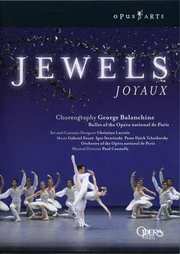
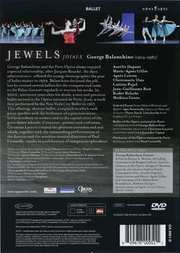




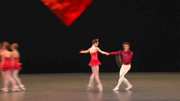
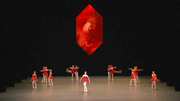
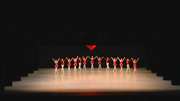
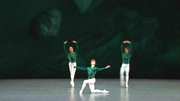
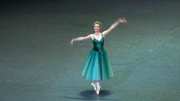
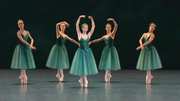
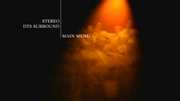































Your Opinions and Comments
Be the first to post a comment!